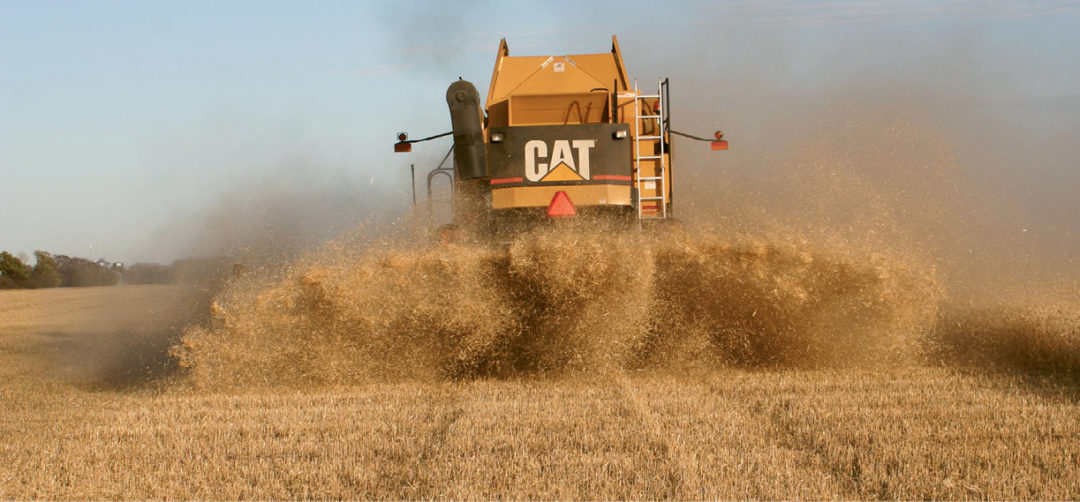No-Till Farmer
Get full access NOW to the most comprehensive, powerful and easy-to-use online resource for no-tillage practices. Just one good idea will pay for your subscription hundreds of times over.

How you manage your crop residues this fall can have a major impact on the profit of your 2009 crops.
Marion Calmer says a growing amount of residue buildup has resulted in new management challenges on his farm in recent years.
“I’ve taken steps to make it go away,” says the veteran no-tiller and developer of the Calmer 15-inch-corn harvesting system from Alpha, Ill.
Here are five major issues that have led to more residue concerns with his western Illinois cropping operation.
Shifting to Bt corn genetics for improved insect control has resulted in increased residue management concerns. Extensive on-farm research indicates that Bt corn hybrids are earning Calmer good money regardless of whether he has insect outbreaks or not. It’s due to better-standing, easier-to-harvest corn stalks.
“The downside is that the corn stalks are starting to get like bamboo stalks and I can’t get them to decompose as quickly as the older hybrids,” Calmer says.
Another factor is spraying fungicides for disease control.
“It’s wetter and damper underneath a narrower row canopy and it takes longer to burn off the morning dampness and fog,” Calmer says. “Since my farm is more prone to gray leaf spot and anthracnose problems, I’m spraying all my corn with Headline and starting to spray soybeans, too.
“But the downside is that the corn stalks are tougher to decompose after you spray with a fungicide.”
With 15-inch corn and soybean rows, Calmer is definitely producing more biomass and residue.
“It’s aggravating this concern even…